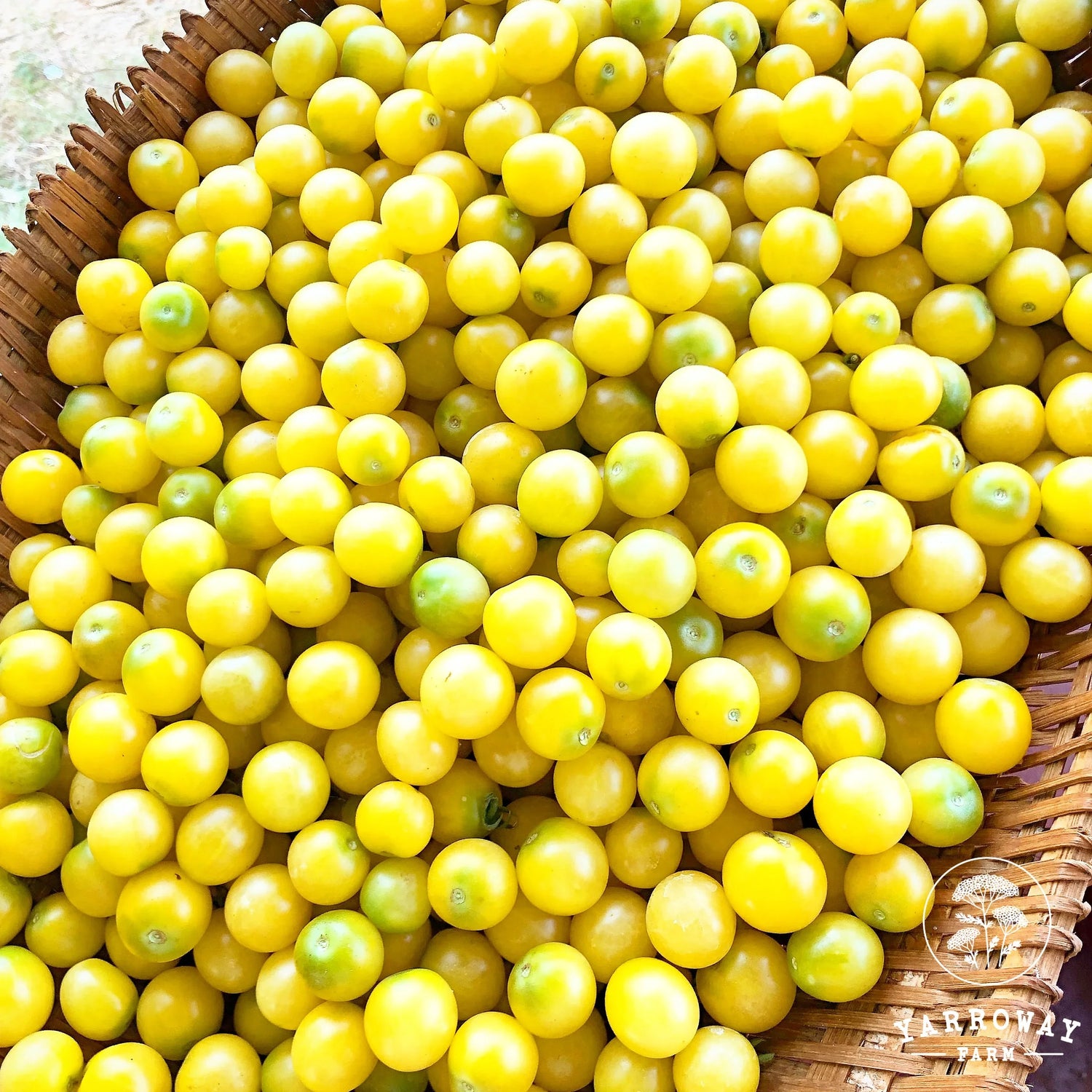Originating in tropical South America, sweet potatoes are not really potatoes at all, but a delicious and nutritious member of the morning glory family. The roots of this cold-sensitive vining plant become massive and swollen, full of starch and delicious packed with Vitamin A and C, plus Potassium and Calcium. Plants are heat tolerant as well as fairly drought tolerant and unaffected by insect pests, making them a super reliable crop.
Good Companions: Beans, Beets, Dill, Thyme, Peppers/Chilli,
Bad Companions: Squash
Growing: Sweet potatoes are a long-season crop and are not grown from seed but from live plants. They are grown from cuttings called slips that can be brought ready to plant, or grown from tubers stored from the previous year. Set cuttings/slips 12-18 inches apart on earthed up ridges or raised beds and mulch well. The mulch will warm the soil and retain moisture during dry spells.
Soil and Cultivation Requirements: They need to grow in a sheltered spot in full sun with plenty of space for their trailing stems. They require well-drained sandy loam soil that is well composted initially when the slips are being established. Weed around them carefully to avoid damaging the tubers forming underground.
Irrigation: Water freshly planted slips regularly until they establish, after which they need very little watering, even in dry spells. Occasional sprinkler irrigation works best. Avoid overwatering, especially on heavy clay soils, or the tubers produced will be thin and tasteless.
Harvesting and Storing: The tubers can be dug and eaten at any time once they are large enough (after 3-4 months depending on the variety. Harvest as soon as vines begin to blacken, as the roots will rot very quickly after leaves turn black. Dig with a spade, then leave the fresh tubers out in the sun to dry for the afternoon. Next you will want to cure the sweet potatoes to ensure good storage quality and reportedly a better taste than uncured roots. (The best way to cure is to place dry roots in a box lined with newspaper in a warm room with humidity around 85 percent. Let roots cure for about 10 days. After curing they can be kept for months in a cool dry storeroom.) They don’t have issues being exposed to light and they wont turn green like potatoes. Handle small batches at a time since they don’t mind staying in the ground for long periods, especially in warm weather.


